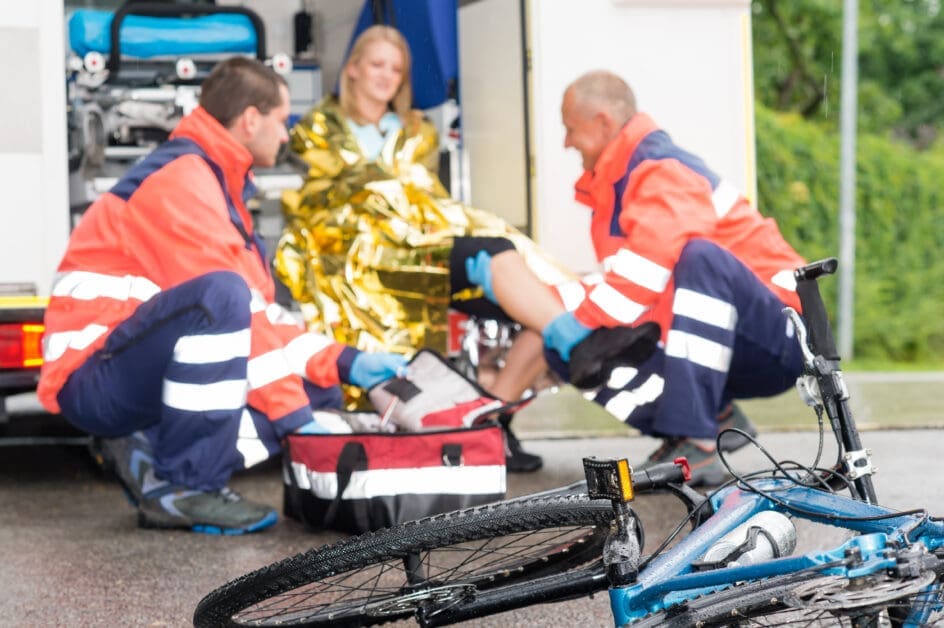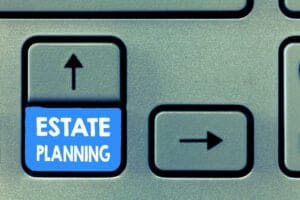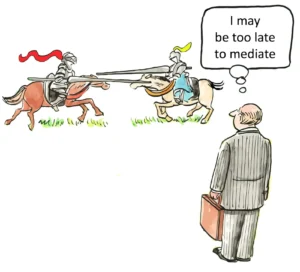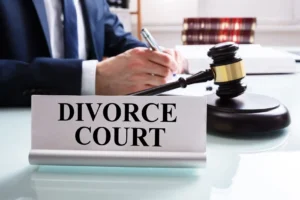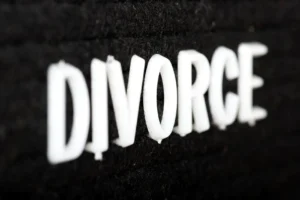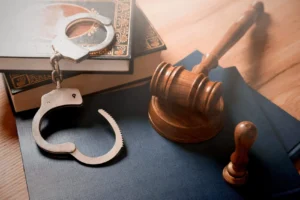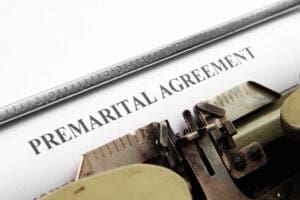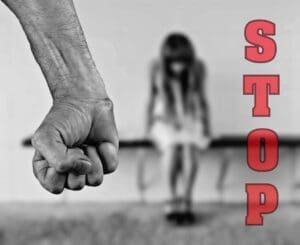Common Mistakes Cyclists Make That Could Affect Their Injury Claim
A bike crash is chaotic, but your next steps don’t have to be. Many riders hurt their own claims by leaving before police arrive, skipping medical checks, fixing or washing damaged gear, or talking too freely to insurers. Personal injury law gives cyclists tools to recover medical bills, lost wages, and pain and suffering—yet those rights work best when you collect solid evidence early, follow treatment plans, and avoid insurance traps. This article distills what leading legal resources say about cyclists’ rights, fault, damages, and the claim process, then adds practical checklists and tables you can use right away. The result: a clear, action-first guide that helps you protect your health, preserve proof, and use the law to its full advantage after a road accident.
1) How Personal Injury Law Protects Cyclists After Road Accidents
Personal injury law is the framework that turns facts into compensation. To win, you generally must show negligence: a duty of care, a breach of that duty, causation, and damages. Drivers owe cyclists the same duty they owe other road users—safe passing, attention at intersections, and respect for traffic laws. If a business vehicle, a delivery service, or even a public entity (because of a defective road) contributed to the crash, they may also be accountable.
Typical recoverable damages (bullet list):
- Medical expenses: emergency care, imaging, therapy, surgery, medications, future care plans
- Lost income and earning capacity: missed work, reduced hours, long-term career impact
- Non-economic losses: pain, suffering, loss of enjoyment, scarring
- Property damage: bike, helmet, electronics, kit
- Out-of-pocket costs: home help, childcare, transport to appointments
Where Claims Come From: Negligence, Product Defects, and Unsafe Roads
Personal injury claims are not only against careless drivers. Some arise from faulty components or dangerous infrastructure.
| Source of fault | Examples | Who you pursue |
| Driver negligence | Right-hook/left-cross, speeding, distraction, DUI | Driver and their insurer; sometimes employer |
| Product defect | Fork steerer failure, brake defect, bad tire bead | Component maker/distributor (product liability) |
| Unsafe roadway | Broken drain grates, deep potholes, poor signage | City/agency (special notice deadlines apply) |
2) The Claim Timeline—From Scene to Settlement
Strong claims are built in the first hours and days after a crash. Think in stages:
- Scene control: call police/EMS, get the report number, identify witnesses, and photograph everything before it moves.
- Medical documentation: get examined the same day; follow referrals; keep all bills and records.
- Notice to insurers: inform your insurer; provide basics only to the other carrier.
- Investigation and valuation: collect records, wage proof, repair estimates; calculate current and future losses.
- Demand package: a clear letter with liability story, damages grid, and exhibits.
- Negotiation: exchange offers; resolve liens; assess future care.
- Litigation if needed: file suit before the statute of limitations; discovery, mediation, and trial may follow.
First 72 Hours: Medical Care and Proof That Links Injuries to the Crash
Early care ties symptoms to the collision and closes the door on “it wasn’t from the crash” arguments.
| Symptom | Immediate steps (first 72 hours) | Proof to save |
| Headache/dizziness | ER/urgent care; concussion screen; rest plan | Visit notes, imaging orders, discharge summary |
| Neck/back pain | Physician exam; imaging if indicated; early PT | MD notes, referral, PT plan |
| Joint trauma | X-ray/ultrasound; immobilization; ortho follow-up | Radiology report, brace receipt |
| Road rash/cuts | Wound care; tetanus update; photo series days 1–7 | Photos, clinic notes, supply receipts |
| Numbness/tingling | Neuro exam; repeat visit in 48–72 hrs | Specialist referral, tests (EMG/MRI) |
3) When to Call a Lawyer—and What They Actually Do
If injuries are more than minor, fault is disputed, or the insurer is pushing for a quick recorded statement, bring in counsel early. Get help with bicycle accidents, lawyers at Bicycle Accident Lawyers can shift the load off your shoulders and protect the record.
How a lawyer strengthens your case (bullet list):
- Preserves evidence: sends legal hold letters for dashcams, CCTV, and vehicle data
- Manages adjusters: routes calls, stops improper recorded statements, narrows medical releases
- Values claims properly: includes future medical care and reduced earning capacity
- Handles liens: negotiates health-insurance and provider liens so you keep more of the recovery
- Litigates if needed: files suit before deadlines; conducts discovery; prepares experts
Triggers for Early Counsel
- Hit-and-run or uninsured/underinsured driver issues (UM/UIM)
- Serious injuries (fractures, surgeries, head trauma)
- Government-entity hazards (short notice deadlines)
- Suspected product defect (component failure or recall)
4) Costly On-Scene Errors that Undermine Claims
Rushed choices at the kerbside can haunt your file. Do not leave before police arrive, do not apologize, and do not speculate about speed or signals.
10 must-do steps at the scene (numbered):
- Move to safety; call EMS and police.
- Ask for the report number; get the officer’s name/badge.
- Exchange full details: driver ID, plate, insurer, policy.
- Identify witnesses; save phone/email immediately.
- Photograph vehicles, bike, lane markings, debris, and traffic signals.
- Capture lighting and weather conditions.
- Note camera sources: storefronts, doorbells, buses, rideshare dashcams.
- Do not admit fault; state facts only.
- Keep gear unwashed and unrepaired—it is evidence.
- Seek same-day medical care and follow up if symptoms evolve.
What to Photograph and Collect Before You Leave
- Final positions and impact points; skid marks and debris
- Signage, lane arrows, work zones, potholes or gravel
- Visible injuries and torn clothing
- Witness contacts; officer and report number
- Camera locations to request later: shop fronts, transit vehicles, residential doorbells
5) Medical Mistakes that Shrink Compensation
Insurers look for gaps in treatment. If you delay care, ignore referrals, or skip therapy, they argue your injuries are minor or unrelated.
Common injuries → ideal early steps → key documentation (table):
| Injury | Ideal early steps | Documentation |
| Whiplash/soft-tissue | Exam + guided PT; avoid overexertion | MD notes, PT records |
| Fracture/suspected fracture | Imaging; immobilization; ortho plan | X-ray/MRI, cast/sling records |
| Concussion | Cognitive rest; follow return-to-work plan | Neuro notes, symptom journal |
| Knee/shoulder sprain | RICE, imaging if instability; PT | Therapy plan, home-exercise log |
Building Strong Medical Evidence
- Request complete records (clinician notes, imaging, test results).
- Keep a symptom diary noting pain levels and activities you cannot perform.
- Track mileage and out-of-pocket costs (co-pays, braces, meds).
- Ask providers for future care estimates (therapy blocks, injections, possible surgery).
6) Insurance Traps and How Personal Injury Law Levels the Field
Adjusters are trained to minimize payouts. Typical tactics include early recorded statements, broad medical releases, and “quick cash” offers before the full medical picture is known. Personal injury law lets your attorney route communications, limit releases to crash-related care, and present your damages in a structured way.
Early insurer contact—Do/Don’t (list):
- Do provide basics (date, time, location, parties).
- Do request that further questions arrive in writing.
- Don’t agree to a recorded statement without advice.
- Don’t sign blanket releases; restrict to relevant providers and dates.
- Don’t accept offers before your condition stabilizes or a doctor projects future needs.
Safe Scripts for Adjuster Calls
- “I’m still receiving treatment. Please send any questions in writing.”
- “I am not consenting to a recorded statement at this time.”
- “Direct detailed medical questions to my attorney.”
7) Evidence You Might Destroy Without Realizing It
Cleaning, repairing, or replacing items can erase proof of impact forces and visibility.
Preservation checklist (physical and digital):
- Bike, helmet, clothing, mounts, lights: store unwashed in a dry container; label with date/time.
- Receipts and packaging for lights/reflectors: prove conspicuity.
- Phones/cameras: back up photos and videos twice (cloud + drive).
- Ride data: export GPX/FIT from bike computer/app; save a PDF map.
Digital Proof: Phones, GPS, and Cameras
- Request CCTV within days (many systems overwrite in 7–30 days).
- Secure dash/body-cam clips from witnesses; note who holds the files.
- Keep metadata (time, GPS) intact when copying files.
8) Fault, Comparative Negligence, and Maximizing Recovery
Many regions use comparative negligence: your recovery is reduced by your fault percentage. Good habits—proper lights, hand signals, lane choice—can lower your share and raise recovery. Use facts, not guesses.
Illustrative scenarios (mini table):
| Scenario | Likely allocation (illustrative only) |
| Driver turns right across cyclist (right-hook) | Mostly driver |
| Cyclist at night with no rear light, hit from behind | Mixed; cyclist share higher |
| Dooring from parked vehicle into bike lane | Mostly driver/passenger |
| Cyclist runs a red and is struck | Mostly cyclist |
Avoid Statements that Inflate Your Fault Share
- Avoid “I didn’t see them,” “I’m fine,” or guesses about speed/signal timing.
- Do not post ride data or opinions on social media.
- Keep communications short, factual, and consistent with records.
Wrapping-Up
Personal injury law protects cyclists, but it needs good evidence and clear records to work. Focus on actions you control: Document the scene and your care, Treat promptly and consistently, and get advice early if injuries are more than minor or liability is contested. Do that, and you give yourself the best chance to recover full, fair compensation after a road accident.
